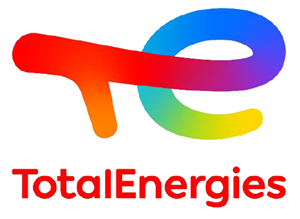(Bloomberg) – OPEC+ will hold next month’s policy meeting online rather than in person, while several delegates said they expected the group to extend its current supply cuts into the second half of the year.
Saudi Arabia and its partners will gather on June 2 — a day later than initially planned — to review roughly 2 MMbpd of production curbs, introduced to stave off a surplus and shore up crude prices. Crude traders expect the cutbacks will be maintained, and several delegates who asked not to be identified predicted the same.
No exact reason was given for the shift to an online meeting, something OPEC and its partners have been weighing for several weeks. The poor health of Saudi King Salman Bin Abdulaziz and the death of Iran President Ebrahim Raisi may have contributed to the decision, some delegates said.
For many oil market watchers, the policy implications of the decision were clear.
The 22-nation alliance, led by the Saudis and Russia, has been withholding supplies to offset brimming U.S. production and a fragile economic outlook in China and elsewhere. Moving the meeting online is “the clearest indication of a rollover” of existing quotas, said Viktor Katona, head crude analyst at market intelligence firm Kpler Ltd.
The move marks another pivot away from physical meetings for the group, which convened virtually throughout the Covid pandemic and has only held two face-to-face gatherings at its Vienna headquarters since 2020.
It made a similar last-minute switch in November amid a dispute over production quotas for African members. This time, delegates gave no indication of controversy.
Previous extensions of the current round of production curbs, which are being implemented by just eight members, were announced in separate statements by the countries themselves rather than by OPEC+. Supply quotas for the other members have already been set for the rest of 2024.
The group’s intervention is having some success, propping up international crude prices above $80 a barrel in London. Riyadh needs prices close to $100 to cover ambitious spending plans, the International Monetary Fund estimates.
Alongside the decision on whether to extend its production cuts, OPEC+ is reviewing the production capacity of member nations. The results likely will influence their separate targets for 2025.
The process so far has involved tough talks with outside consultants appointed to assess the matter, according to people familiar with the talks who asked not to be identified because those discussions were private.
The United Arab Emirates has been notably public in its stance, with state giant Abu Dhabi National Oil Co. announcing a capacity of 4.85 MMbpd — considerably higher than OPEC’s last estimate.
This article was originally posted at www.worldoil.com



Be the first to comment